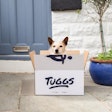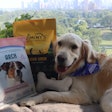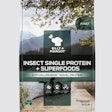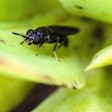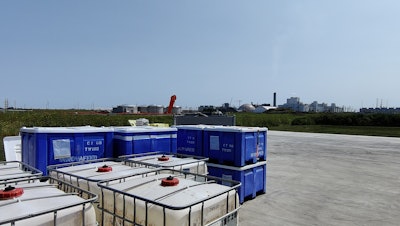
Black soldier flies lay their eggs as close as possible to their larvae’s future food source, so it makes sense that a farm raising the insects would also be located near its own needed resources. Nearly any decomposing matter makes a healthy meal for wild black soldier fly larvae (BSFL). However, specific blends of grain byproducts need to be formulated for domesticated arthropods. Insect-based pet food ingredients need consistent nutrient levels, and that means raising BSFL on an ideal and repeatable blend of byproducts from human food production. Researchers are developing those BSFL recipes at Innovafeed’s North American Insect Innovation Center (NAIIC) pilot facility in Decatur, Illinois, within sight of a massive ADM wet corn processing facility. Like a black soldier fly scouting a compost heap, Innovafeed’s engineers found an ideal spot to get their future feedstock.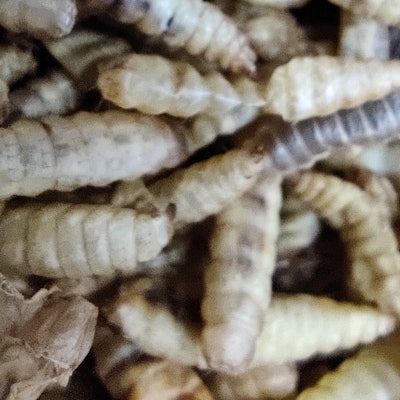 Tim Wall
Tim Wall
“Our goals with this facility are to de-risk any aspect related to the industrial scale facility,” Sean Madison, director of North American business development at Innovafeed, said. “One of the big differences is that our existing facilities are in the north of France. Not only do we have a different geography, different building standards, et cetera, but we also leverage a different feedstock. We use wheat-based byproducts, primarily from a partner called Terios in France. In the United States, we're partnering with ADM and leveraging their wet corn byproducts.”
The NAIIC pilot plant is 10,000 square meters (about 100,000 square feet) and has 10 employees. Projected to open by the end of the decade, the full-scale facility will be approximately 100,000 square meters (1 million square feet) and employ up to 300 people.
“While we've tested corn byproducts at lab scale for the last several years,” he said. “To really optimize at a semi-industrial scale at this pilot facility will reduce risks in design decisions and essentially optimize our feedstock profile to likewise optimize yields, protein rates and other aspects of the end ingredients that we produce,” he said. “That's all coming to fruition in this facility.”
Industrial symbiosis for pet food ingredient production
Currently, the solid and liquid corn byproducts from the ADM facility arrive in containers. When the facility expands, the materials will be moved with conveyors and tubes, requiring less fuel and labor than trucking the byproducts. This kind of co-location is called industrial symbiosis. Industrial symbiosis entails collaboration among different industries to share resources, such as energy, water and raw materials. This reduces waste and improves efficiency. The facilities endeavor to use each other's byproducts and create a closed-loop system that minimizes environmental disruption. Industrial symbiosis fosters sustainability by turning waste from one process into a valuable input for another.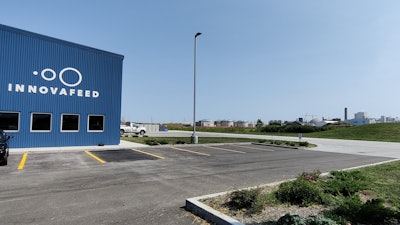 Tim Wall
Tim Wall
“Industrial symbiosis is the reason we're here,” Madison said. “Here, we're a part of the ADM wet corn processing complex, and the goal is to incorporate ourselves into that. The benefits are cutting down or eliminating transportation costs at the future industrial scale facility. We can also plug into their waste energy supply to reduce what we require from the grid to operate.
“This is a win-win for all parties involved because we help our supplier avoid the need for a costly drying step of their byproducts,” he said. “Black soldier flies eat a vast variety of feedstocks, including wet feeds, which is a very important difference from other insects. An organization that does wet corn processing would have to go through an extremely energy-intensive drying step if it were to sell this to any other organization. However, what we take is just the raw wet byproduct, no drying.
Once the full-scale facility achieves that industrial symbiosis, no trucks will be required for transportation, he said. That eliminates two costs also associated with high pollution emissions. Black soldier fly larvae are already noted for their lower resource use compared to conventional livestock. Industrial symbiosis makes insect-based pet food ingredients yet more sustainable.
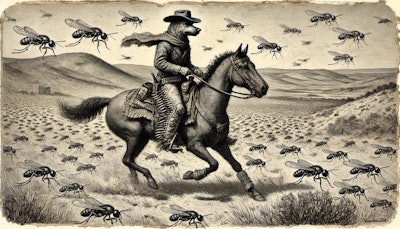



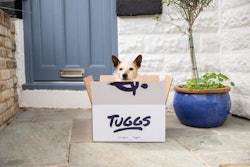
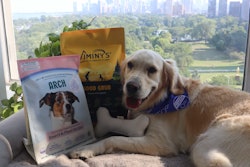
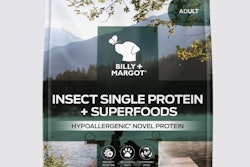
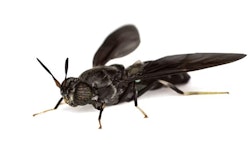

.uvcShQD2I2.jpg?crop=focalpoint&fit=crop&fp-x=0.5&fp-y=0.5&h=112&w=112&auto=format%2Ccompress&q=70)

